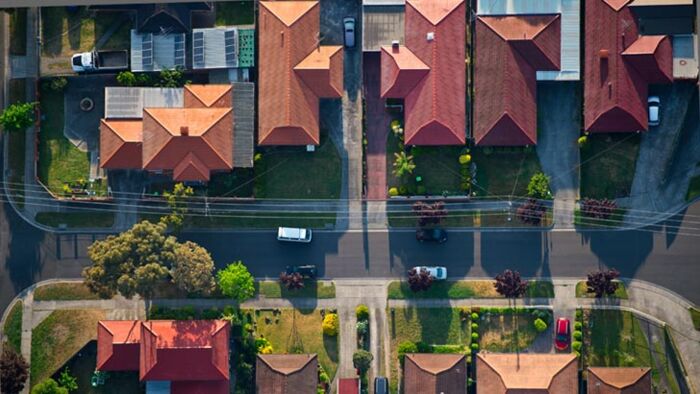What to expect from the property market after lockdown
By Graham Cooke
The housing market didn't behave as expected during the last lockdown - here's what that could mean for the future.
When a journalist contacted me to ask what the mortgage industry in Victoria could expect after the current lockdowns are lifted, we examined the historical data in order to see if there was anything we could learn from the past that could help us predict the future.
What the team expected to see was that the last major lockdowns in Victoria had a dampening effect on the housing market, with numbers recovering after the lockdown was lifted.
That, however, is not what we found.
The state of Victoria was either fully or partially locked down between March 31 and October 28, 2020.
In the 12 months leading up to this period, Victorian banks issued an average of 7481 loans per month for the purchase or construction of property by owner-occupiers, according to the ABS. While there was a slight dip in the number of loans issued in April (6928) and May (6958), numbers quickly recovered.
The total number of loans issued in the seven-month lockdown period between April and October 2020 was 51,333 - compared to 51,970 over the same time in 2019 - a drop of only 1.2%.
The lifting of restrictions after October 28, however, had a very direct effect on the market.
The number of loans issued in December hit an all-time high of 10,973, with that record broken in March (11,145), May (11,452) and June (11,493) this year. The total number of loans issued in the seven-month period between December 2020 and June 2021 was 74,749 - compared to 48,915 over the same time in 2019 - a huge increase of 47%.
All this seems to be proof that while the lockdowns did not have much of a dampening effect on Victoria's housing market, the lifting of restrictions doused it with petrol and lit it on fire. But was this pattern unique to Victoria?
NSW is the only other state in Australia to experience a significant lockdown this year (so far). While the number of loans issued over the April to October period in NSW actually increased by 11% year-on-year (largely due to the state exiting lockdowns earlier in many areas), the post-lockdown jump is far higher, with a 40% increase in loans issued between December 2020 and June 2021 compared to the previous year.
Lockdowns didn't just drive up the number of loans issued, they also pushed up the value of those loans in both states. The average loan size started to climb early in 2021 and reached an all-time high of $599,108 in Victoria and $550,968 in NSW in July 2021.
So, what can we expect once the current lockdowns lift?
In order to forecast activity over the post-lockdown period, we need to make some presumptions.
The first is that the current lockdowns will not have a dampening effect on the home loan market.
The second is that post-lockdown growth will follow a similar, if slightly softer, trajectory to the first half of the year. Below is a relatively simple forecast, using the nine months of data from November 2020 to July 2021 to forecast behaviour through to mid-2022.
Our forecast shows that the number of loans issued could exceed 11,500 in both states for the whole of the second quarter in 2022. A forecast using the loan value figures shows a similar pattern.
Loan values in both states could continue to break records and reach an average of over $600,000 by June 2021. This means that if the previous trend is repeated - admittedly a big if - we could see the already surging property prices in Australia continue to climb through to mid-2021.
The bottom rung of the housing ladder will, it seems, continue to get steeper for first-time buyers.
The good news is that, according to all of the economists on Finder's RBA Cash Rate Survey, the cash rate is unlikely to increase for the foreseeable future - meaning mortgage costs are likely to stay low.
In this increasingly competitive market, lenders are fighting harder than ever for the owner-occupier dollar - so there is value to be found for first-time buyers willing to shop around.
Get stories like this in our newsletters.



